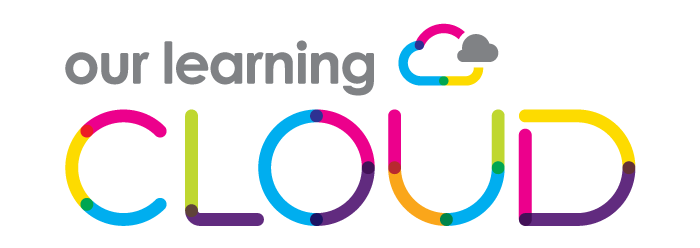The right ICT strategy can transform the operations of a Multi-Academy Trust (MAT). But for those charged with making the big decisions it can be a maze of complexity and conflicting information, fraught with risk. Stephen Sanderson looks at some of the difficulties and how to overcome them.
Multi Academy Trusts (MATs) spend a lot of money on ICT, and it is one of a Trust’s largest areas of expenditure. But while it’s a cost that needs to be controlled, it can also be an investment capable of significantly impacting the quality of teaching and learning.
But most MAT Chief Executives aren’t technologists and nor are other members of their senior leadership team. While they may be aware of the problems, or some of them, they’re unlikely to know the right solution. Like most of us, faced with new decisions, their thoughts are formed by chatting to others.
I talk to a lot to Trust leaders and there are clearly a lot of, presumably well-meaning, people providing them with misleading advice. Which is why we have produced a short guide to ‘13 common misconceptions in education technology’ for MAT leaders. You can download it here.
That’s not to say that all they’re hearing is wrong – far from it – but that there are many fallacies to bypass. In technology things change, constantly, and yesterday’s truth can become today’s fallacy.
Nuance is also easily lost as facts are retold, distorting truths: pub quizzers will know that the tallest mountain on earth is in fact Mauna Kea in Hawaii (over half of it is underwater!), while the highest mountain on earth is Mount Everest. But how often is Everest said to be the tallest?
And there can also be an element of bias and self-interest at work.
Many of the ICT challenges MATs face now are rooted in the past. When a school was a stand-alone entity, and cloud was in its infancy, it made sense for that school to have its own IT network and staff. But now that that school, and many others, are all part of the same MAT, is there sense in them all doing their own thing? While each school’s IT staff may want to carry on as they are, I could give you a dozen reasons why that’s unlikely to be best for your Trust.
One of the biggest perceived challenges is of course the financial cost of change – and many of the issues here are also rooted in the recent past. But while cash-strapped businesses are willing to finance their digital transformation projects on a subscription basis, MATs seem very cautious of this approach. Why is this? Is it a by-product of those now discredited PFI initiatives of the noughties?
Those schemes were funded by companies aiming to make a profit, and involved the assets being owned by those companies rather than the educational organisation. But now we’re seeing cash-rich IT vendors, happy to use their otherwise idle capital to facilitate new sales of their equipment. And, almost unbelievably, they’re doing so interest free. It’s an enabler of change that MATs really ought to consider.
Decisions around ICT strategy are far from easy, but good decisions can be hugely rewarding for the Trust, its schools, their staff, and their pupils. My first career was in teaching, so I appreciate that schools have different ways of doing things, and different needs to other organisations.
I’d suggest you start by understanding the problems that need to be fixed and build your vision by seeing what other MATs are doing. I can think of a few that would be happy to share their experiences with you, and if it would also be helpful to have a chat about your situation, please do get in touch.
Oh, and don’t forget to read our 13 common misconceptions in education technology – it’s well worth ten minutes of your time.

